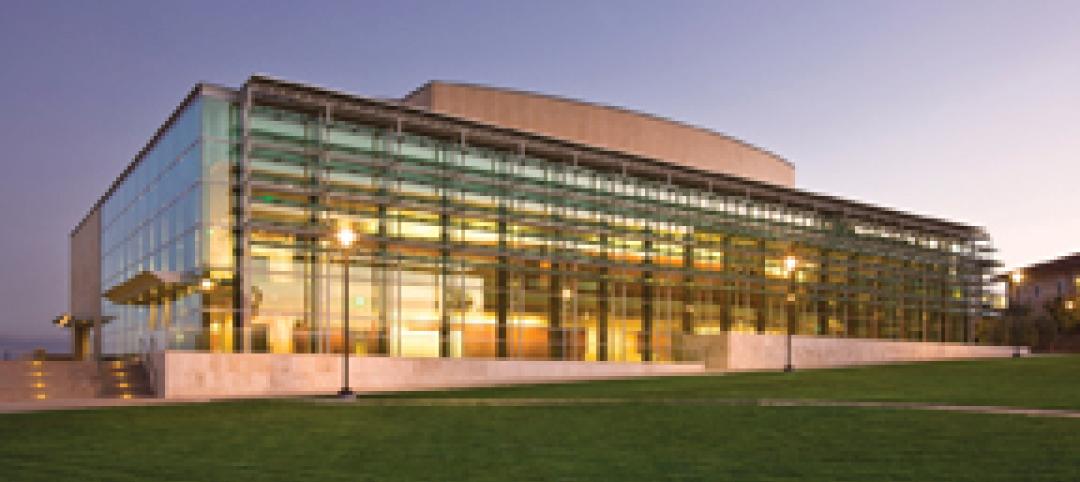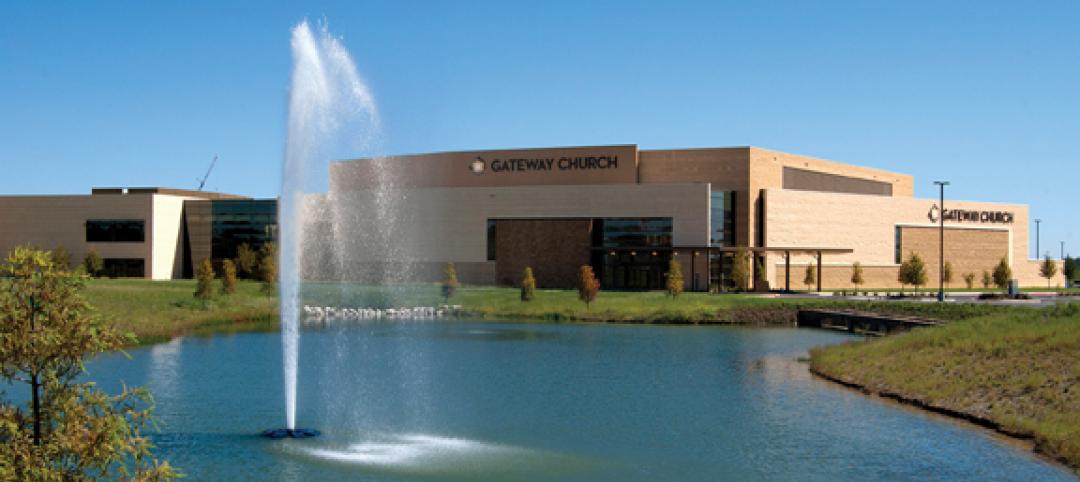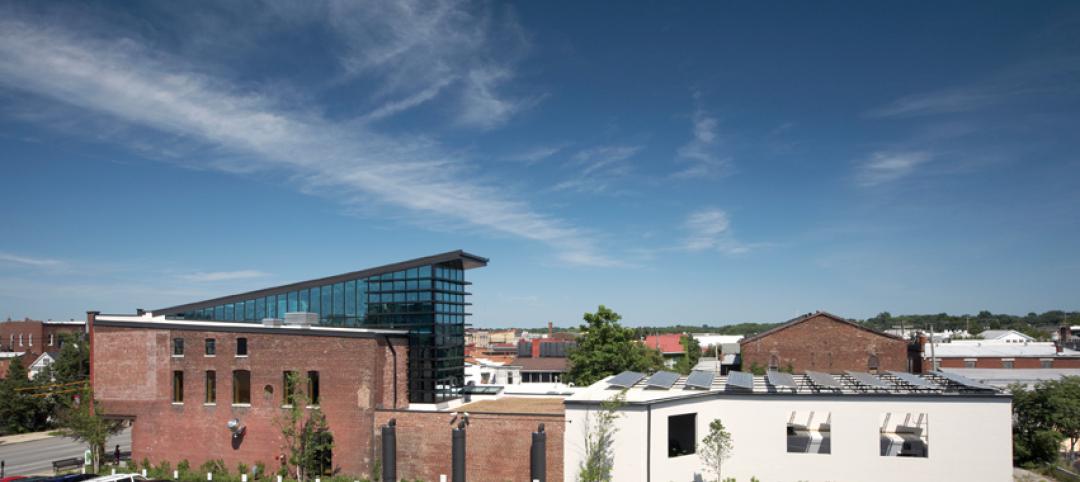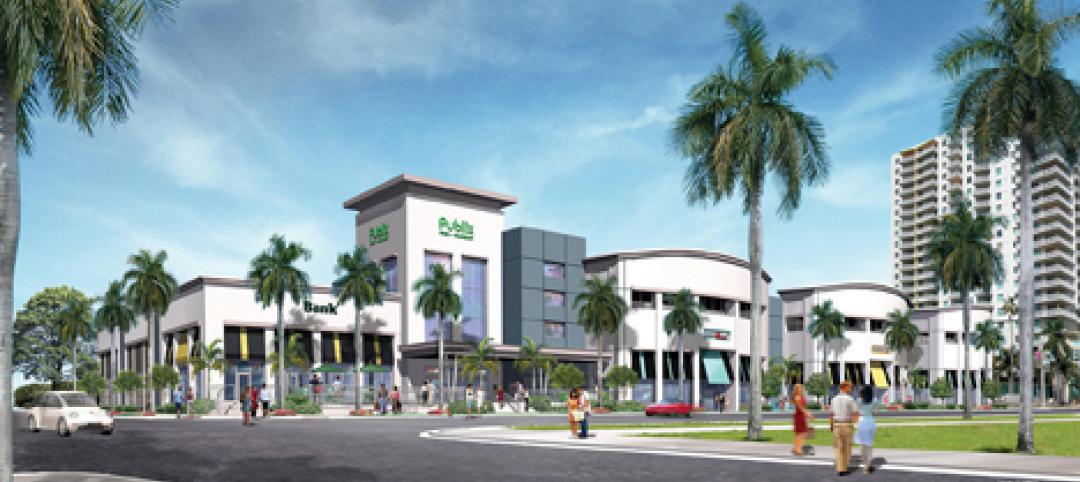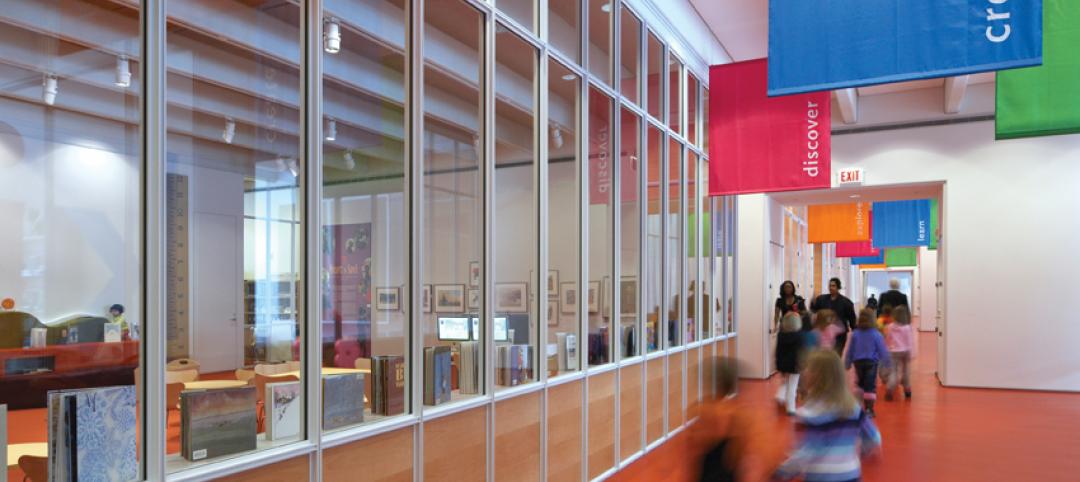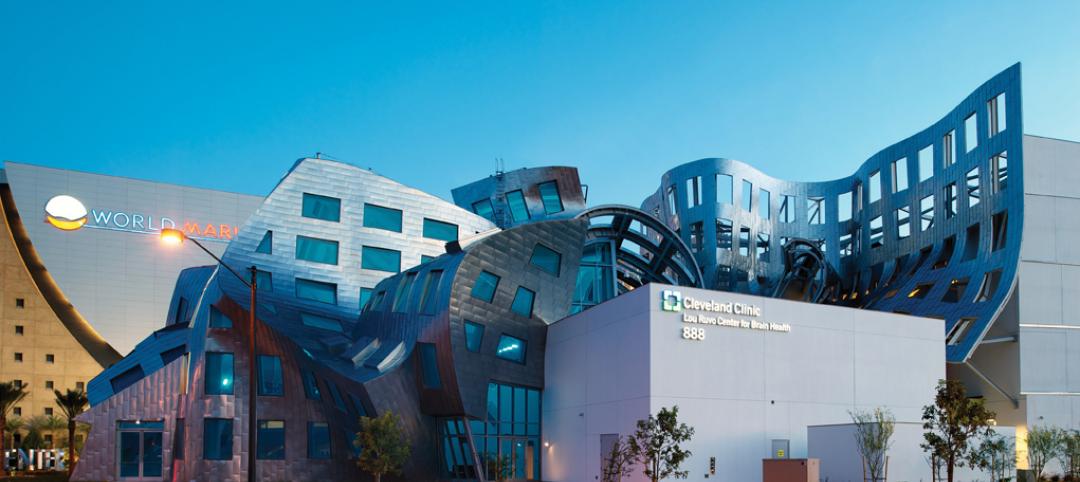Seattle, WA - The City of Seattle sent letters to more than 800 large commercial property owners and managers today informing them about a new citywide program designed to help owners and managers assess and improve building energy efficiency and spur the market for building energy retrofits.
“Seattle’s buildings provide one of the greatest opportunities to generate energy savings and boost economic development for the city. This new program will help building owners take a key step toward increasing building energy efficiency, which, in turn, helps lower operating costs, makes buildings more competitive and creates good local jobs,” said Department of Planning and Development Director Diane Sugimura.
According to the U.S. Department of Energy, buildings consume more than 70 percent of the electricity generated in the U.S. and could be made 30 to 50 percent more energy efficient with currently available products and services. But many property owners and managers don’t know how well or poorly their buildings use energy or how their building’s energy performance compares to similar buildings. Also, consumers have no way to compare the energy performance of buildings they hope to buy or rent.
Under the new program, all commercial and multifamily residential buildings larger than 10,000 sq. ft. will be measured or “benchmarked,” for their energy performance using the U.S. EPA’s ENERGY STAR Portfolio Manager. Building energy ratings will also be provided to the City and to prospective buyers, tenants and lenders upon request during real estate transactions. The program first applies this fall to nonresidential buildings 50,000 sq. ft. or larger and extends to both nonresidential and multifamily residential buildings 10,000 sq. ft. or larger next April 2012.
Energy benchmarking is becoming a common practice among many large property owners and managers working to lower building operating costs and make buildings more competitive on the real estate market.
Managers of the historic Dexter Horton building in downtown Seattle have been benchmarking and rating the building’s energy performance for several years.
“The more aware you are of your building’s energy use and work to rein in energy waste today, the better positioned you’ll be in the future as energy costs continue to rise. By benchmarking the Dexter Horton building and making energy efficiency improvements, we are able to compete with buildings that are 60 years younger,” said Andrea Benvenuto of CB Richard Ellis, the company that manages the building.
Numerous studies show that energy-efficient buildings - in particular those with green certifications - out-compete inefficient buildings in terms of higher rental and sales prices and building occupancy levels.
“Our clients are looking for energy-efficient buildings because they understand these properties cost less to own and operate, hold their value, and make for better and more productive working environments. Having access to building energy information helps prospective buyers and tenants find energy-efficient buildings and reduces their exposure to the risks of owning or leasing in a less efficient building,” said Dave Low, Director of Sustainability Practices, Kidder Mathews.
For more information about the program, see the City’s Energy Benchmarking and Reporting Ordinance or email: energybenchmarking@seattle.gov.
Related Stories
| Feb 11, 2011
Sustainable features on the bill for dual-building performing arts center at Soka University of America
The $73 million Soka University of America’s new performing arts center and academic complex recently opened on the school’s Aliso Viejo, Calif., campus. McCarthy Building Companies and Zimmer Gunsul Frasca Architects collaborated on the two-building project. One is a three-story, 47,836-sf facility with a grand reception lobby, a 1,200-seat auditorium, and supports spaces. The other is a four-story, 48,974-sf facility with 11 classrooms, 29 faculty offices, a 150-seat black box theater, rehearsal/dance studio, and support spaces. The project, which has a green roof, solar panels, operable windows, and sun-shading devices, is going for LEED Silver.
| Feb 11, 2011
BIM-enabled Texas church complex can broadcast services in high-def
After two years of design and construction, members of the Gateway Church in Southland, Texas, were able to attend services in their new 4,000-seat facility in late 2010. Located on a 180-acre site, the 205,000-sf complex has six auditoriums, including a massive 200,000-sf Worship Center, complete with catwalks, top-end audio and video system, and high-definition broadcast capabilities. BIM played a significant role in the building’s design and construction. Balfour Beatty Construction and Beck Architecture formed the nucleus of the Building Team.
| Feb 11, 2011
Kentucky’s first green adaptive reuse project earns Platinum
(FER) studio, Inglewood, Calif., converted a 115-year-old former dry goods store in Louisville, Ky., into a 10,175-sf mixed-use commercial building earned LEED Platinum and holds the distinction of being the state’s first adaptive reuse project to earn any LEED rating. The facility, located in the East Market District, houses a gallery, event space, offices, conference space, and a restaurant. Sustainable elements that helped the building reach its top LEED rating include xeriscaping, a green roof, rainwater collection and reuse, 12 geothermal wells, 81 solar panels, a 1,100-gallon ice storage system (off-grid energy efficiency is 68%) and the reuse and recycling of construction materials. Local firm Peters Construction served as GC.
| Feb 11, 2011
Chicago high-rise mixes condos with classrooms for Art Institute students
The Legacy at Millennium Park is a 72-story, mixed-use complex that rises high above Chicago’s Michigan Avenue. The glass tower, designed by Solomon Cordwell Buenz, is mostly residential, but also includes 41,000 sf of classroom space for the School of the Art Institute of Chicago and another 7,400 sf of retail space. The building’s 355 one-, two-, three-, and four-bedroom condominiums range from 875 sf to 9,300 sf, and there are seven levels of parking. Sky patios on the 15th, 42nd, and 60th floors give owners outdoor access and views of Lake Michigan.
| Feb 11, 2011
Grocery store anchors shopping center in Miami arts/entertainment district
18Biscayne is a 57,200-sf urban retail center being developed in downtown Miami by commercial real estate firm Stiles. Construction on the three-story center is being fast-tracked for completion in early 2012. The project is anchored by a 49,200-sf Publix market with bakery, pharmacy, and café with outdoor seating. An additional 8,000 sf of retail space will front Biscayne Boulevard. The complex is in close proximity to the Adrienne Arsht Center for the Performing Arts, the downtown Miami entertainment district, and the Omni neighborhood, one of the city’s fast-growing residential areas.
| Feb 10, 2011
7 Things to Know About Impact Glazing and Fire-rated Glass
Back-to-basics answers to seven common questions about impact glazing and fire-rated glass.
| Feb 9, 2011
Hospital Construction in the Age of Obamacare
The recession has hurt even the usually vibrant healthcare segment. Nearly three out of four hospital systems have put the brakes on capital projects. We asked five capital expenditure insiders for their advice on how Building Teams can still succeed in this highly competitive sector.
| Feb 9, 2011
Fortune 1000: Despite moral obligation to sustainability, cash is still king
Eighty-eight percent of Fortune 1000 senior executives feel business has a moral responsibility, beyond regulatory requirements, to make their companies more energy efficient, according to a new poll released today by Harris Interactive and commissioned by Schneider Electric. At the same time, the vast majority (61%) of respondents say that potential cost savings are their biggest motivator to save energy at the enterprise-level, outranking environmental concerns (13%) or government regulations (2%).
| Feb 9, 2011
Businesses make bigger, bolder sustainability commitments
In 2010, U.S. corporations continued to enhance their sustainable business efforts by making bigger, bolder, longer-term sustainability commitments. GreenBiz issued its 4th annual State of Green Business report, a free downloadable report that measures the progress of U.S. business and the economy from an environmental perspective, and highlights key trends in corporate culture in regard to the environment.
| Feb 9, 2011
Gen7 eco-friendly modular classrooms are first to be CHPS verified
The first-ever Gen7 green classrooms, installed at Bolsa Knolls Middle School in Salinas, California, have become the nation's first modular classrooms to receive Collaborative for High Performance Schools (CHPS) Verified recognition for New School Construction. They are only the second school in California to successfully complete the CHPS Verified review process.


